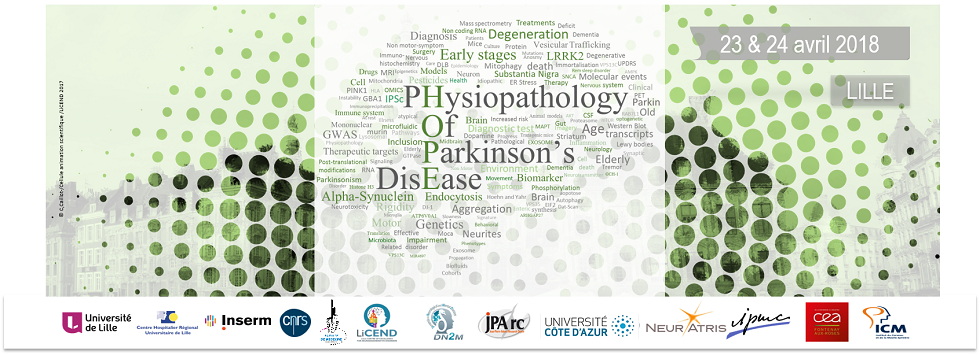LRRK2 pathobiology: where do we stand?
A focus on LRRK2 phosphoregulation and neurite outgrowth
Mutations in LRRK2 cause familial Parkinson's disease (PD), and common variants increase disease risk. To date, a number of selective and brain penetrant LRRK2 inhibitors have been developed but whether these molecules are effective at reducing LRRK2 pathological phenotypes and whether they are safe in the clinic remains unresolved. Kinase inhibition results in LRRK2 dephosphorylation at Ser910/Ser935 and consequent dissociation from 14-3-3 proteins. These residues are dephosphorylated also in several PD mutants with hyperactive kinase activity, raising a question as to whether dephosphorylated LRRK2 is pathogenic or protective. We used unbiased screens to identify PAK6 as an interactor of the ROC domain of LRRK2. PAKs comprise a family of six kinases playing a central role in actin cytoskeleton dynamics via the LIM kinase-cofilin pathway, with PAK6 being highly expressed in neurons. Our work established that LRRK2 is required to stimulate the kinase activity of PAK6 to support striatal neurite complexity in vivo. More recently, we further demonstrated that PAK6 phosphorylates 14-3-3γ at Ser59. Phosphorylation of this site results in loss of 14-3-3γ binding from phospho-Ser935 in LRRK2, with consequent LRRK2 cellular dephosphorylation. Of relevance for PD, a constitutively active form of PAK6 rescues the neurite shortening phenotype exhibited by primary cortical neurons isolated from BAC-G2019S mice, through a mechanism dependent on 14-3-3γ phosphorylation at Ser59. Altogether our findings point to the notion that PAK6-dependent LRRK2 dephosphorylation is protective, similar to the effect of direct LRRK2 inhibition.

 PDF version
PDF version
